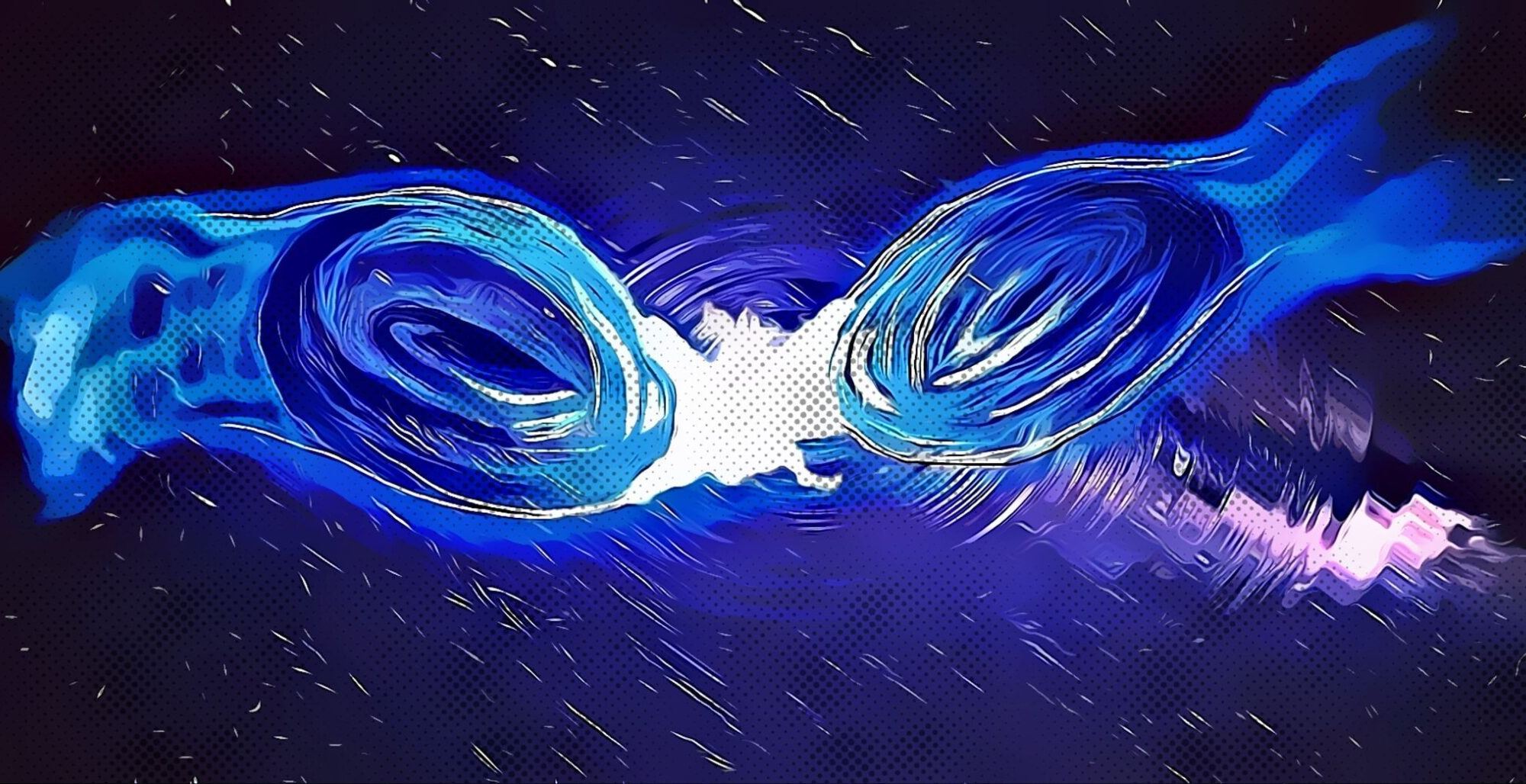A team of astronomers has claimed that observations of a sun-like star orbiting a small black hole might actually be the indication of something far more exotic – the existence of a boson star, a star composed entirely of dark matter.

The Gaia survey, led by the European Space Agency, provided detailed maps of over a billion stars in the Milky Way galaxy. While almost all of those stars behaved as expected, there were some surprises. For example, one star in particular was seen orbiting a dark companion.
The star itself was fairly typical, weighing in at 0.93 solar masses and with roughly the same chemical abundance as our own sun. However, its companion did not emit any radiation at all. Most astronomers suspect that it was a black hole, which could easily explain the observational result.
But a team of astronomers have pointed out that this particular setup is highly unusual. Black holes form from the deaths of very massive stars, and it’s unlikely for a star like our sun to form as part of a binary pair with such a massive star. The scenario requires so much fine tuning, the authors argue, that we should be open to considering other possibilities.
Perhaps the most exotic possibility is that the dark companion is not a black hole but a boson star. Boson stars are a consequence of a hypothetical form of dark matter. Dark matter itself comprises over 80% of all the mass of every galaxy and is made of some kind of particle that so far eludes modern physics. In some theories of dark matter it is composed of bosons, which are a kind of particle like photons and gluons – particles that typically carry the forces of nature. But the dark matter bosons would be different, and would instead simply fill up most of the universe.
But because of their nature, the boson dark matter particles could easily pile up on themselves forming dense, compact objects. These objects would not emit any radiation at all and would appear to outside observers to act like black holes ].
While it’s highly unlikely that this observation has revealed the existence of a boson star, the idea is worth considering for two reasons. One, the star is definitely orbiting something small, dense, and compact. This offers a natural test bed for our understanding of gravity as given by Einstein’s general theory of relativity. Finding any sort of discrepancy between theoretical expectations and observational results would be a landmark discovery.
Second, we can use this as a case study in the nature of boson stars. We can further investigate the properties of these exotic and hypothetical objects, and use this scenario to test those ideas. While it’s unlikely that those tests will come out in favor of the existence of boson stars, the more we learn about dark matter, even if it’s just a slow process of ruling out interesting ideas, the better.








